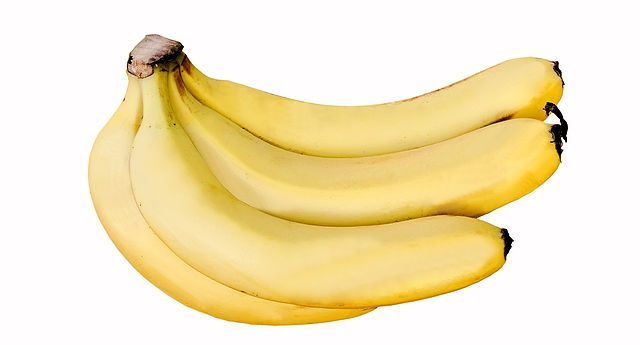It may look exactly like a typical Cavendish banana, but QCAV-4 is actually a genetically modified banana. It has become the world’s first GM banana to gain approval as human food, in the Oceania region.
Since the turn of the millennium, researches in Queensland have been developing QCAV-4. 20 years on, Food Standards Australia (FSA) as well as New Zealand’s FSA have approved it.
“This is a major step…,” says Queensland University of Technology’s James Dale. The professor now awaits governmental sanction to grow the banana on local farms.
For staunch organic food backers, QCAV-4 remains a common Cavendish banana, plus a new gene by the name RGA2. Scientists substituted it from a popular species that grows in south-east Asia, known as Musa acuminata, malaccensis.
The genetic modification has made it a winner in the fight against wilting diseases affecting Cavendish bananas in the tropics.
One of the most common and deadliest is Panama Disease or TR4, which rises from a fungus in the ground. The microorganism can live in the soil for half-a-century, during which it destroys generations of plantations.
With TR4 dwarfing exports of many banana-producing nations, QCAV-4 may rebound the AUD$1.3 billion ($854.49 million) banana industry of Australia. Licensing the cultivation of this GM banana will secure livelihoods for 18,000 people in Queensland who depend on banana farming for livelihood.
Queensland is home to 95% of Australia’s bananas, with 97% of the portion being Cavendish.
Genetically modified banana is the first non-organic product that Australia has legalized, thereby matching other developing markets with their enhanced pineapples. One of these is Pinkglow , a lycopene-rich pineapple by Fresh Delmonte, which made its appearance in Costa Rica in 2023.
For now, it is not certain when the governments of Australia and New Zealand will sanction the cultivation and sale of QCAV-4.
There are usually 60 days between a FSA approval and the review by the Food Ministers’ Meeting before sales can start. Food Ministers’ Meeting is a joint New Zealand-Australia body of ministers that reviews emerging food issues.
